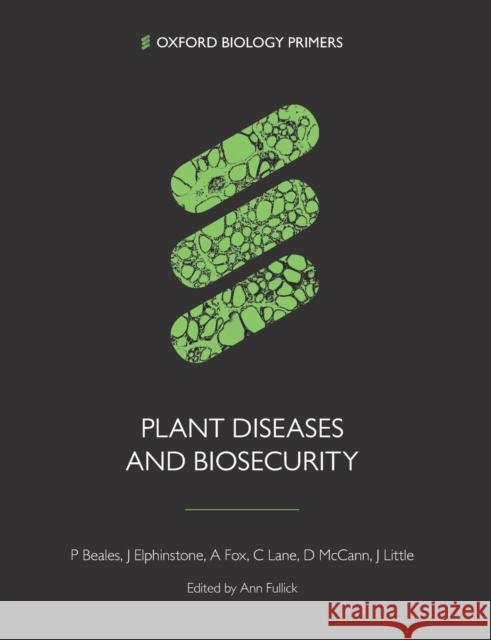Plant Diseases and Biosecurity » książka
Plant Diseases and Biosecurity
ISBN-13: 9780198827726 / Angielski / Miękka / 2019 / 208 str.
For many years, much of the human population has lived in ignorance of plant disease - yet the presence or absence of disease in a crop, or a forest, can mean the difference between economic success or disaster, and - even in the 21st century - the difference between life and death for millions of people. This primer raises the profile of plant infectious diseases, highlighting the scale of the problem, the risks to biosecurity, and the advances in science which are impacting on surveillance, diagnosis and prevention of disease. This text opens with an overview of the importance of plant disease in human history, before reviewing the structure and function of the main types of pathogens involved in plant infectious diseases (bacteria, viruses, fungi and fungi-like pathogens), focusing on unusual and interesting examples. It then explores how plant diseases can be accurately diagnosed, explaining a variety of ways in which specific pathogens can be identified including the most recent developments in molecular analysis as well as cultural and serological techniques. The primer then moves on to consider disease surveillance, which still relies heavily on traditional techniques based on human observation. It also considers emerging techniques involving epidemiological models, remote monitoring, the monitoring of air and water, satellite tracking and genetic modification of crops. Disease management - ways in which plant diseases can be controlled and their spread halted - is then discussed. This area encompasses techniques spanning chemical control of insect, fungal and bacterial pests to genetic modification of crops to introduce disease resistance. The final section of the primer explores plant biosecurity and how it can be maintained - an ever-more important issue given the continued globalisation of trade - and the impact of global warming on where both plants and plant pathogens can grow and thrive.











